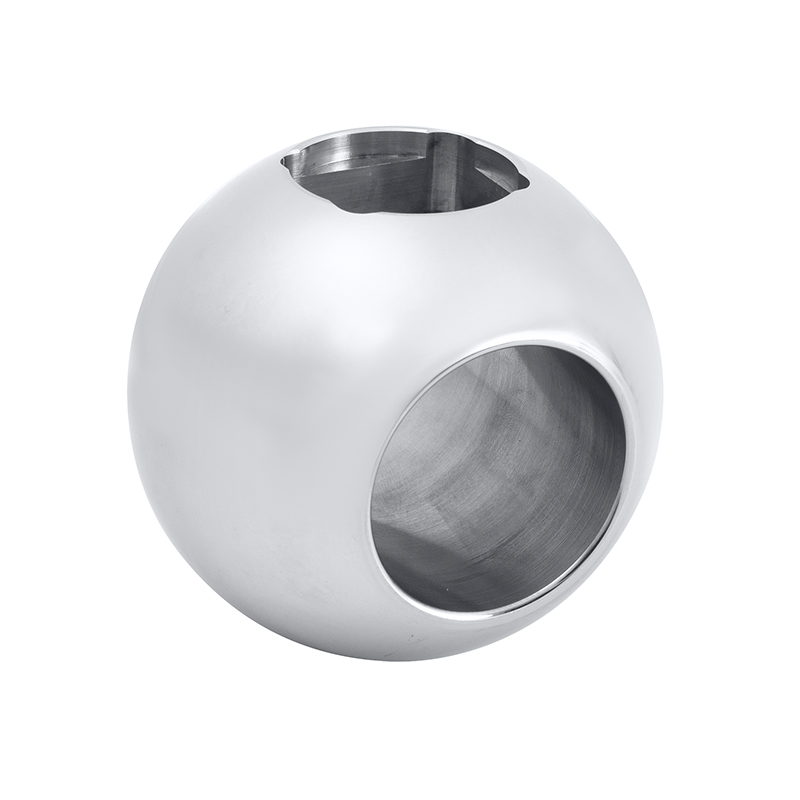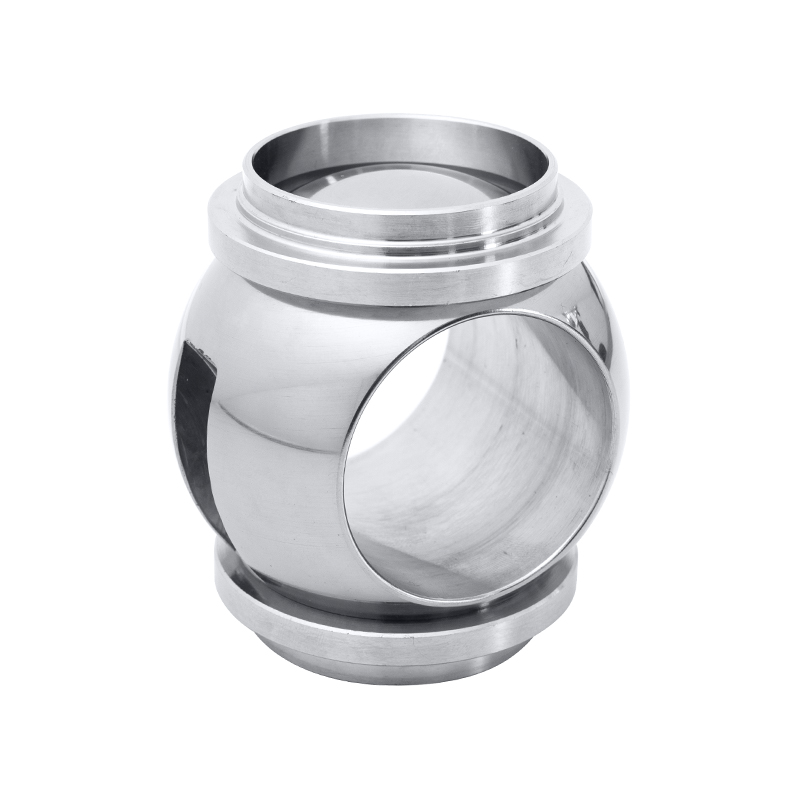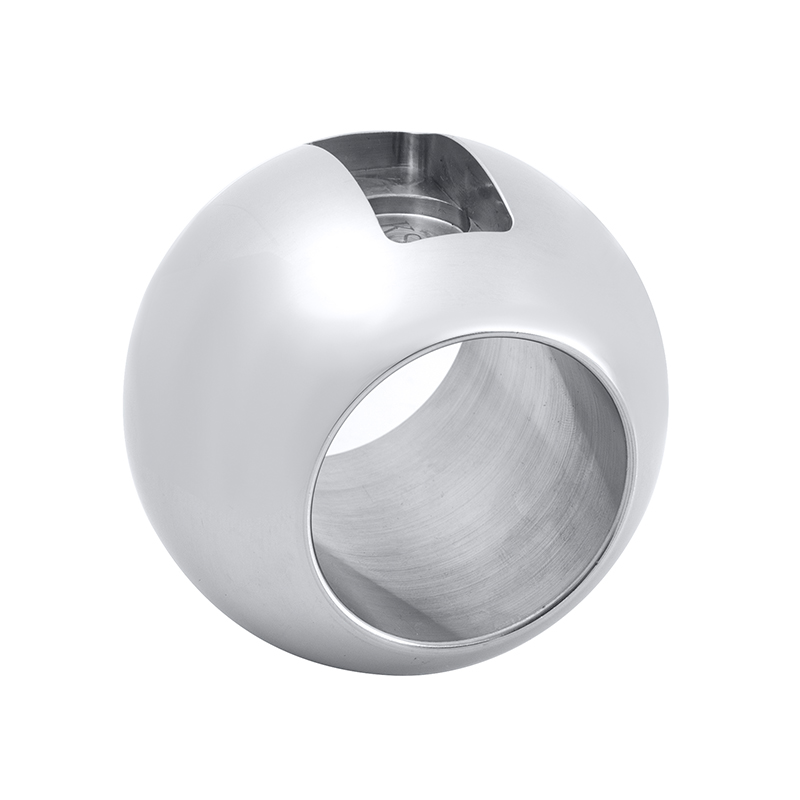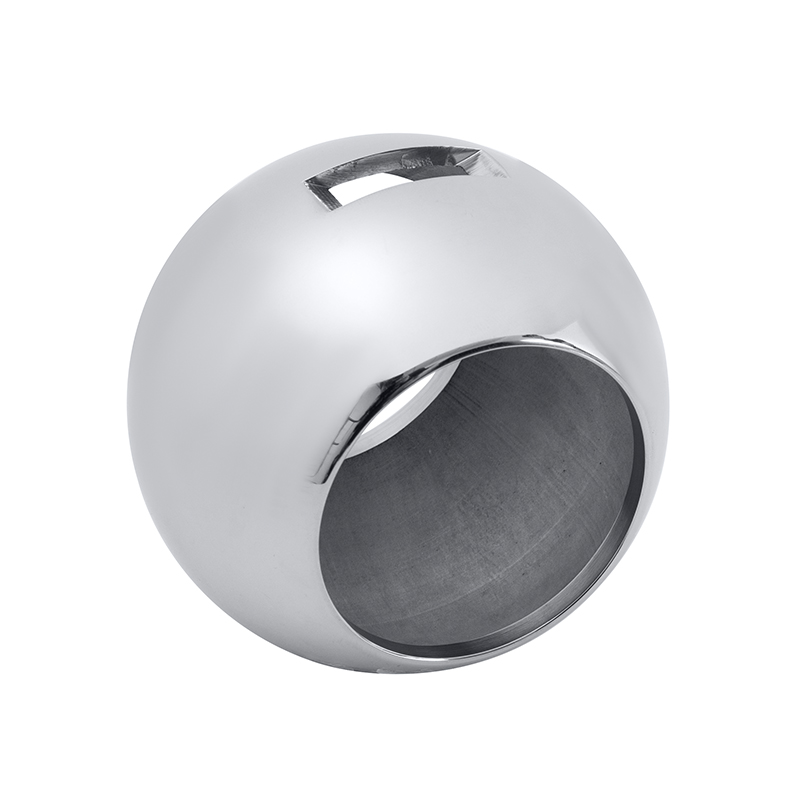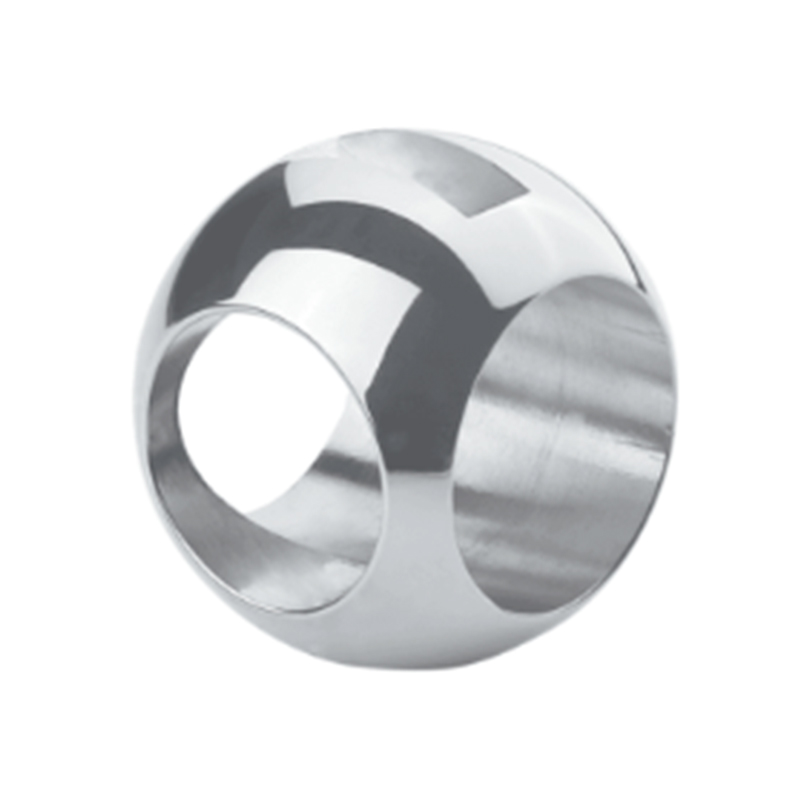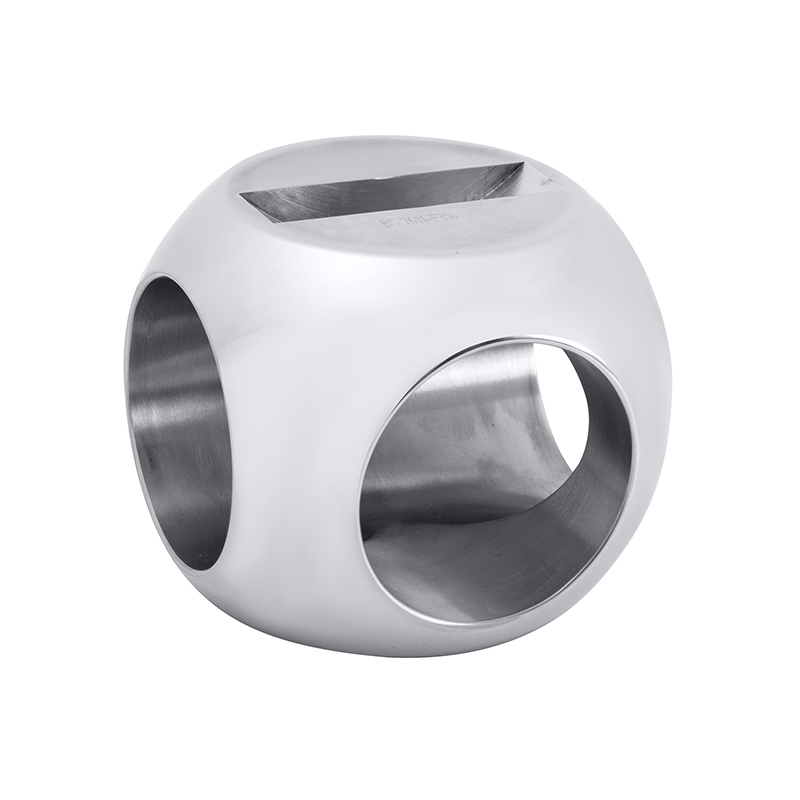In industrial applications, valves serve as crucial components in controlling the flow and direction of fluids. Among various valve types, the 3 way threaded ball valve and the stainless steel float ball valve are widely utilized due to their versatility and reliability. However, the operational lifespan and performance of these valves largely depend on the durability of their internal components, particularly the valve ball. Surface coating technologies have emerged as an important factor in enhancing the longevity of valve balls, contributing to improved wear resistance, corrosion protection, and reduced maintenance needs.

Importance of Valve Ball Longevity
The valve ball acts as the sealing element that regulates fluid flow by rotating within the valve body. In applications involving harsh chemicals, high pressures, or abrasive materials, the valve ball is subject to intense wear and corrosion. This wear can advance to leakage, operational failure, and ultimately increased downtime and replacement costs. Enhancing the surface properties of valve balls is therefore critical to ensure stable valve performance over extended service periods.
Both 3 way threaded ball valves and stainless steel float ball valves benefit significantly from surface coating technologies due to their frequent use in fluid handling systems, including water treatment, chemical processing, and oil and gas industries. Their design allows for multi-directional flow control (in the case of the 3 way valve) and buoyancy-based operation (in the case of the float ball valve), making material integrity a priority.
Common Surface Coating Technologies
Several surface coating technologies are used to extend the service life of valve balls. These coatings serve to reduce friction, improve resistance to corrosion, and protect against mechanical damage.
1. Chromium Plating
Chromium plating involves depositing a thin layer of chromium onto the valve ball surface. This coating offers good hardness and resistance to corrosion, especially useful for 3 way threaded ball valves that operate in environments where exposure to moisture and chemicals is frequent. The chromium layer also reduces wear caused by repetitive motion and abrasion, helping maintain the valve’s sealing capability.
2. Tungsten Carbide Coating
Tungsten carbide coatings provide a highly durable surface that is resistant to abrasion and impact. This type of coating is suitable for stainless steel float ball valves used in systems where particulate matter or slurry may cause surface erosion. The coating helps maintain the ball’s smooth surface, which is essential for consistent buoyancy and sealing.
3. Ceramic Coating
Ceramic coatings are applied through various techniques, such as plasma spraying, producing a hard, wear-resistant layer. These coatings protect valve balls from corrosive chemicals and high temperatures, which can be encountered by both 3 way threaded ball valves and stainless steel float ball valves in industrial processes. Ceramic coatings reduce the rate of material degradation and extend valve life.
4. PTFE (Polytetrafluoroethylene) Coating
PTFE, commonly known as Teflon, offers reliable chemical resistance and low friction. Coating valve balls with PTFE improves performance in valves handling aggressive chemicals or fluids with low lubricity. For 3 way threaded ball valves, PTFE coating ensures smooth operation and reduces the torque required to operate the valve. Similarly, for stainless steel float ball valves, it prevents corrosion and buildup that could affect buoyancy and sealing.
Benefits of Surface Coatings for 3 Way Threaded Ball Valves and Stainless Steel Float Ball Valves
The application of surface coatings on valve balls yields several operational advantages:
Improved Corrosion Resistance: Both valve types often operate in corrosive environments. Coatings act as barriers that prevent oxidation and degradation of the base metal, particularly important for stainless steel float ball valves exposed to water or acidic fluids.
Enhanced Wear Resistance: Frequent valve cycling can wear down uncoated valve balls, pilot to leakage. Coatings like tungsten carbide or ceramic help resist abrasion, preserving the valve’s sealing surface.
Reduced Maintenance: Longer-lasting valve balls reduce the frequency of maintenance and replacements, lowering overall operating costs.
Operational Efficiency: Surface coatings reduce friction between the valve ball and seats, resulting in smoother operation and reduced actuator load.
Challenges and Considerations
Despite their benefits, selecting and applying surface coatings require careful consideration:
Compatibility: The coating material must be compatible with the valve ball substrate and the fluid handled. For example, certain coatings may not adhere well to some stainless steel grades or may degrade in specific chemical environments.
Coating Thickness: An excessively thick coating can interfere with the precision fit between the valve ball and valve seats, pilot to leakage or operational difficulties.
Cost: Advanced coatings like tungsten carbide or ceramic may increase initial manufacturing costs, but these are often offset by longer valve life and reduced maintenance.
Application Process: Proper surface preparation and coating techniques are crucial to ensure adhesion and performance. Quality control during the coating process affects the final durability of the valve ball.
Surface coating technologies play a vital role in enhancing the durability and performance of valve balls used in 3 way threaded ball valves and stainless steel float ball valves. By providing protection against corrosion, wear, and mechanical damage, these coatings help maintain reliable valve operation across a variety of industrial applications. While the choice of coating depends on the specific requirements of the valve’s working environment, the integration of appropriate surface treatments contributes to extended valve life, operational efficiency, and cost-effectiveness. As industries continue to demand valves capable of withstanding increasingly challenging conditions, surface coating innovations remain an important area of development for valve manufacturers and users alike.

 English
English Español
Español Deutsch
Deutsch
